Jure Repinc
Digital and software freedom/rights advocate from Slovenia, Europe. Also a member of the Pirate party. You can find me on Mastodon: @JRepin@mstdn.io
- 196 Posts
- 50 Comments

 4·18 days ago
4·18 days agoI am also gaming a lot and used nvidia in the past and by the description you give I would say openSUSE Tumbleweed is the one. It is rolling release, but they also have extensive QA tests before letting packages get released as updates so it is very stable for a rolling release. And another thing that openSUSE is awesome for is that they have BTRFS snappshotting very nicely configured out of the box so before and after each update it creates a snappshot and if something goes wrong you can just select an old working snappshot from GRUB boot menu. And with Nvidia this breakage was happening well more often the I would like. I also like their Open Build Service where you can find many additional packages which might not be packaged by distro people themselves.

 3·18 days ago
3·18 days agoWell and behind it is stealing other peoples’ work (posts and comments, moderation and administration) and selling them as yours. The oldest capitalist criminal trick in the book: privatization AKA primitive accumulation AKA enclosure of the commons.

 72·18 days ago
72·18 days agoWell and behind it is stealing other peoples’ work (posts and comments, moderation and administration) and selling them as yours. The oldest capitalist criminal trick in the book: privatization AKA primitive accumulation AKA enclosure of the commons.

 441·18 days ago
441·18 days agoKDE Plasma on all my computers and also as desktop mode on Steam Deck. because it supports the latest technologies especially when it comes to graphics (HDR, VRR) also has best support for Wayland and multi-monitors. It looks great out of the box and it has a lot of features out of the box and I do not need to battle with adding some extensions that break with almost every update. KDE Plasma is also the most flexible desktop and I can set the workflow really to fit my desires and I can actually set many options and settings. And despite all these built-in features and configurability it still uses very few system resources and is very fast and smooth. Oh and the KDE community is one of the most welcoming I have met in FOSS world, and they listen to their users instead of the our way or the high way mentality I have so often encountered in GNOME for example. So yeah TLDR KDE Plasma is the one I like the most of all in the industry, even when compared to proprietary closed alternatives.
Those sociopaths burning the planet and pumping out all the water are completely out of touch with reality. They would rather destroy the planet for some Annoying Idiocy .

 181·18 days ago
181·18 days agoCrashing is the smallest problem. All that sypware, ads and artificial idiocy they are embedding in the bloated excuse of an OS is way worse than any crash. I am so glad I switched to GNU/Linux (openSUSE Tumbleweed with KDE Plasma desktop, after seeing how well gaming works on Steam Deck I also switched to GNU/Linux for gaming) and it is so so much nicer to have an OS that is fast, stable and actually respects basic human rights like privacy and freedom.

 35·20 days ago
35·20 days agoThese GAFAM/BigTech corporations really are in a tough and fierce competition of which one is the shittiest and most privacy-invading don’t they. Ensittification overdrive mode in all of them.
It takes one to know one. Not much difference, if any, between Microsoft nad Google, and the rest of GAFAM/BigTech.
KDE Plasma desktop and apps also have a Kiosk mode/framework for deployment and lockdown built-in, that can come in handy
Kiosk - Simple configuration management for large deployment
The Kiosk framework provides a set of features that makes it possible to easily and powerfully restrict the capabilities of a KDE environment.
Introduction
The Kiosk framework provides a set of features that makes it possible to easily and powerfully restrict the capabilities of a KDE environment based on user and group credentials. In addition to an introductory overview, this article covers configuration setting lock down, action and resource restrictions, assigning profiles to users and groups and more.
As far as I remember you can only compare after you upload a benchmark test/suite result to the site. For example when you upload a VkMark benchmark your result should be shown on that test page under Recent Test Results. You can then select your result and some other to compare them. And if you select to re-run a test suite from Latest Test Results the text at the top gives you the command to run it and automatically compare the results, e.g. for GPU CPU HDD Usage and Temperature test Unigine Heaven Fullscreen 2560x1440:
Compare your own system(s) to this result file with the Phoronix Test Suite by running the command:
phoronix-test-suite benchmark 2410251-MRPI-241025885

 84·1 month ago
84·1 month agoBetter to use Kubuntu edition, much better desktop and less crap that is nowdays in Ubuntu.

 64·1 month ago
64·1 month agoBetter to use Kubuntu edition, much better desktop and less crap that is nowdays in Ubuntu.

 7·1 month ago
7·1 month agoAlready reported on bugs.kde.org.
I hope not. Had very bad experience with these and toxicity they enabled on Xitter and one of the main reasons why I left it for mastodon quite early. I would much more like to see if they focused on making it possible to also migrate posts when you change an instance/server.
I use the testing ebuilds system-vide.
Best to report the issue you have with as much information as possible to bugs.kde.org
Installed on my openSUSE Tumbleweed and Gentoo computers and so far Plasma 6.2 working great 👍

 5·1 month ago
5·1 month agoCloning the system and home partitions always worked fine for me with openSUSE Tumbleweed with KDE Plasma desktop. Another option openSUSE offers is AutoYaST
AutoYaST is a system for unattended mass deployment of openSUSE Leap systems. It uses an AutoYaST profile that contains installation and configuration data.

 35·3 months ago
35·3 months agoOr they just found out that Windows process scheduler is still broken beyond repair. If you look at the benchmarks on GNU/Linux performance is all there. For example see Phoronix benchmark

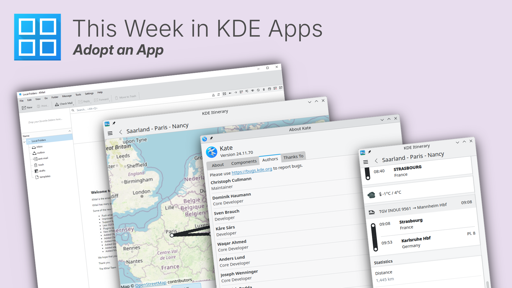
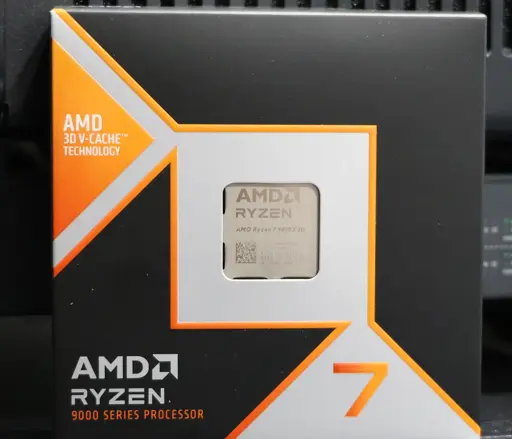



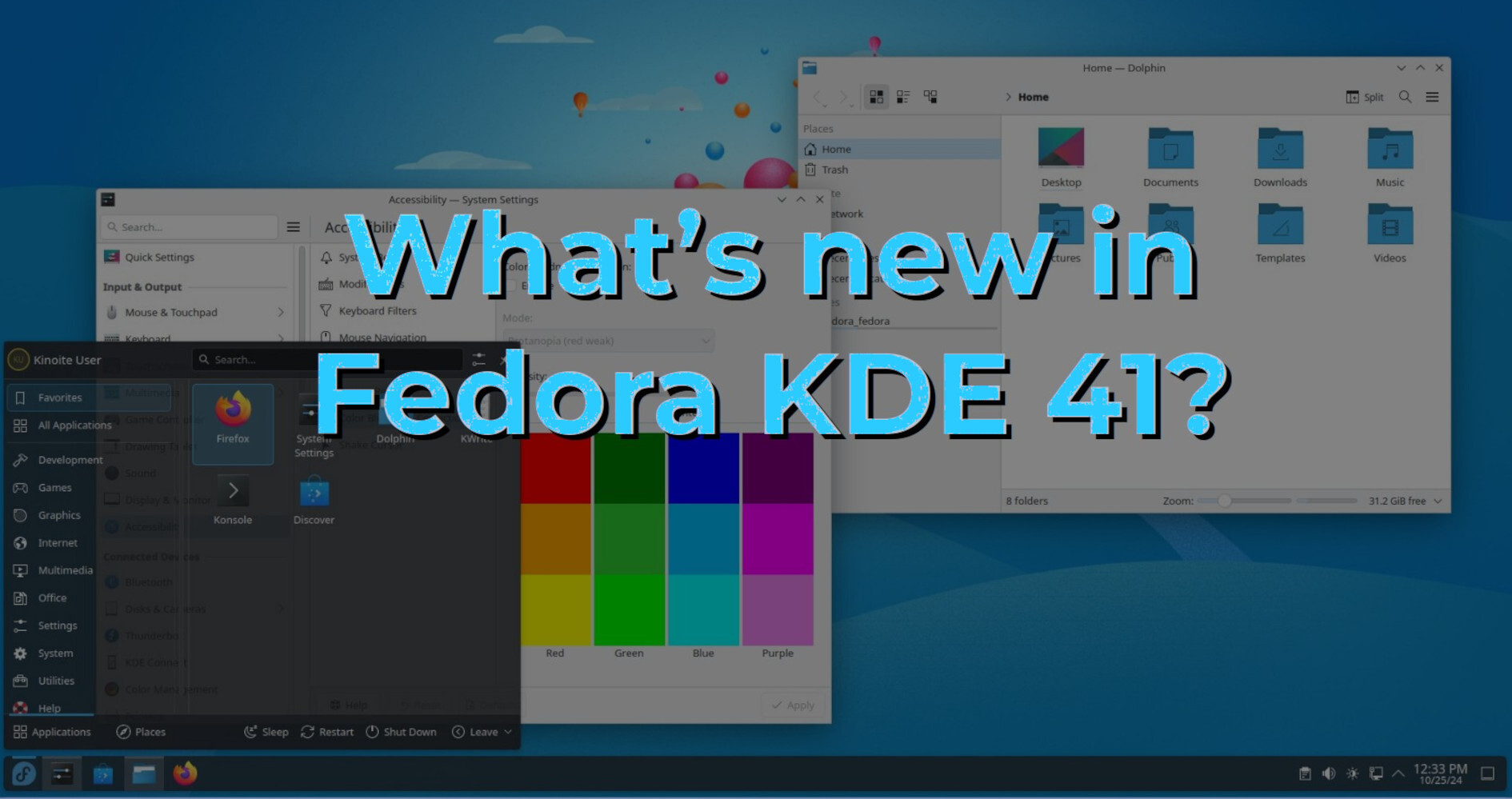

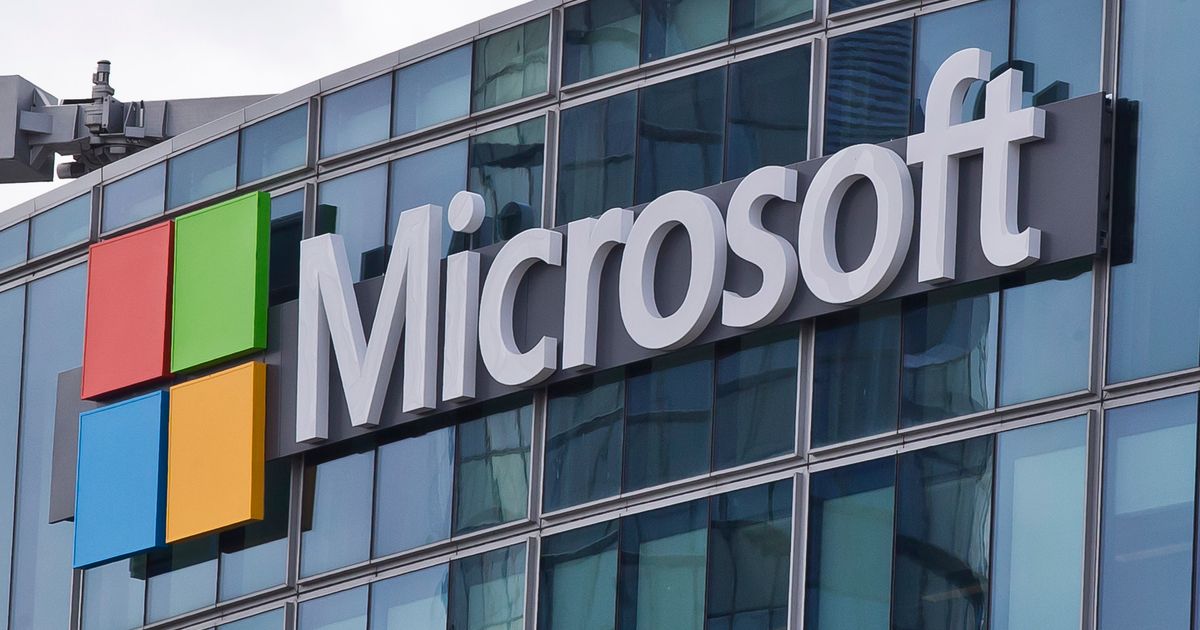





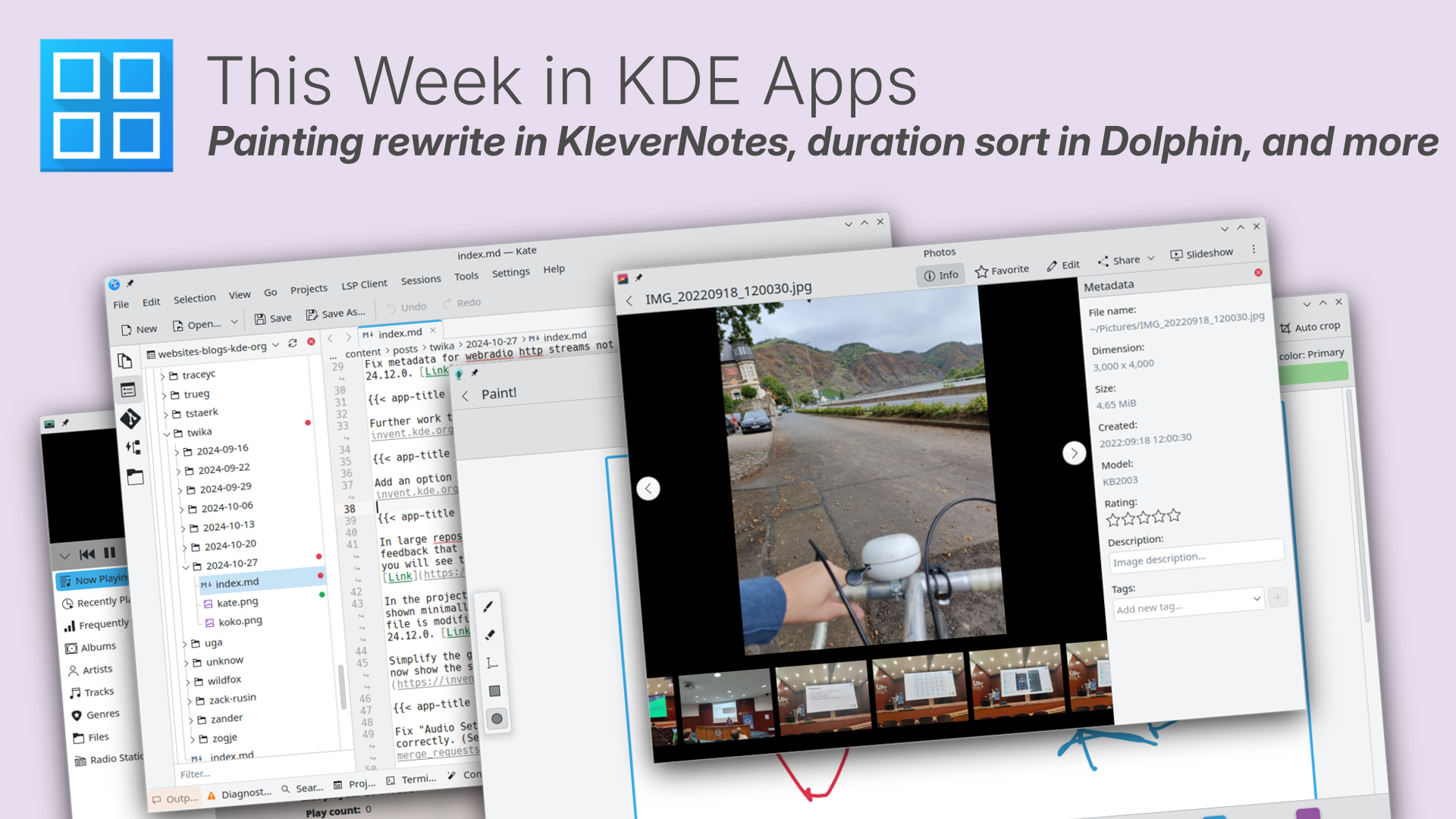

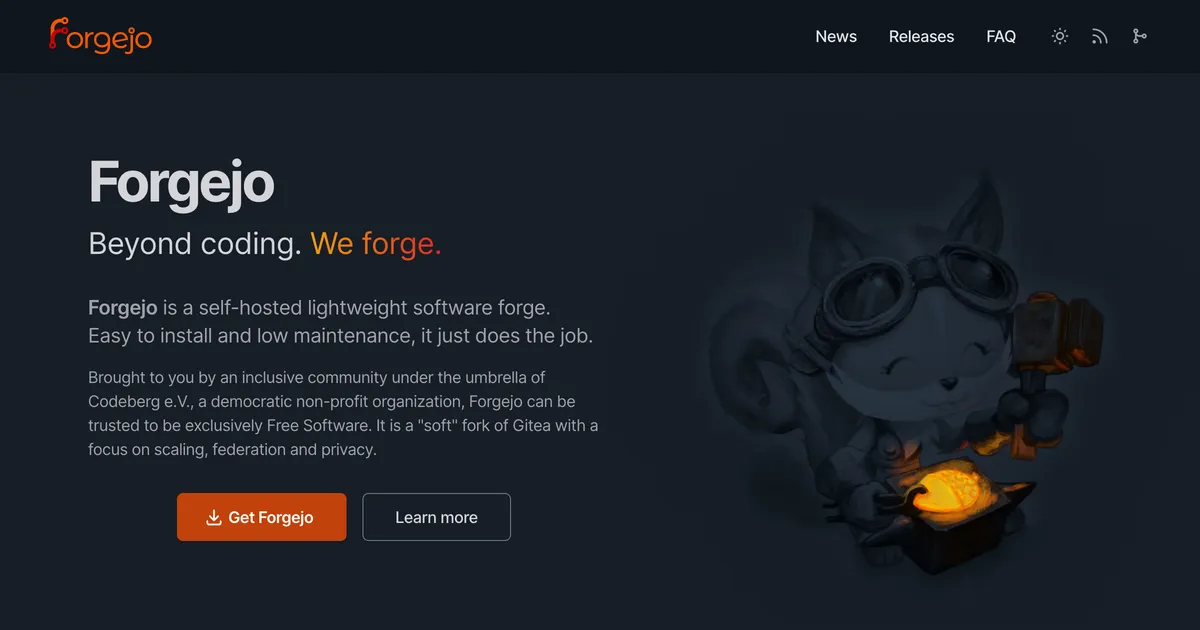

Install
pam_pkcs11package, which contains the missing library